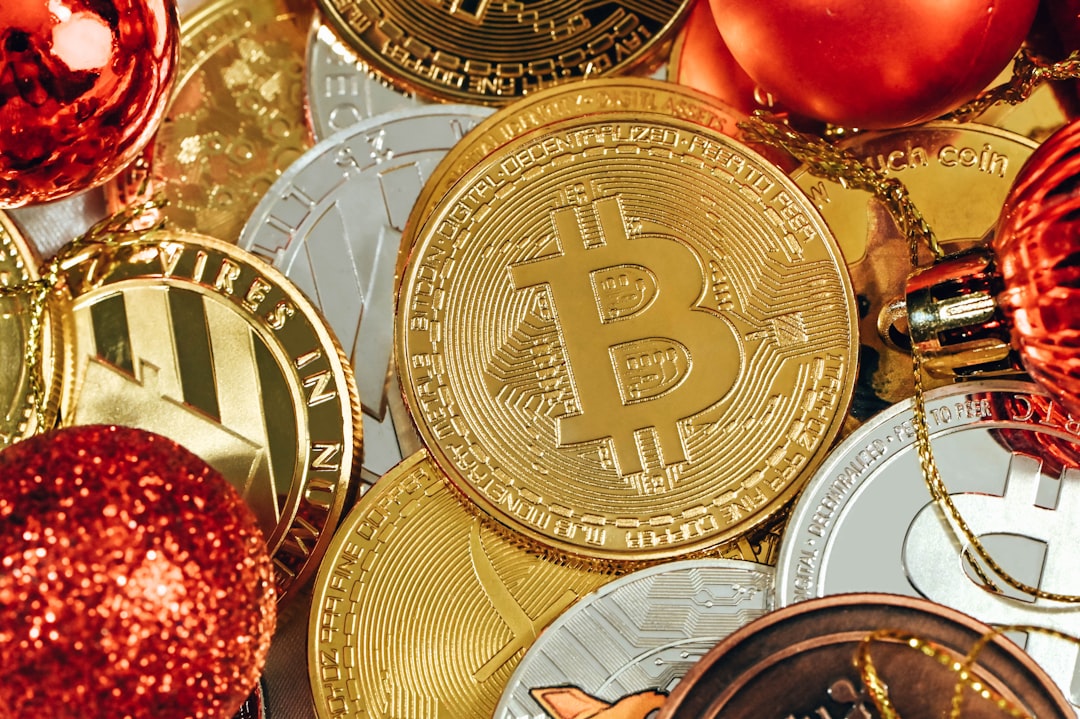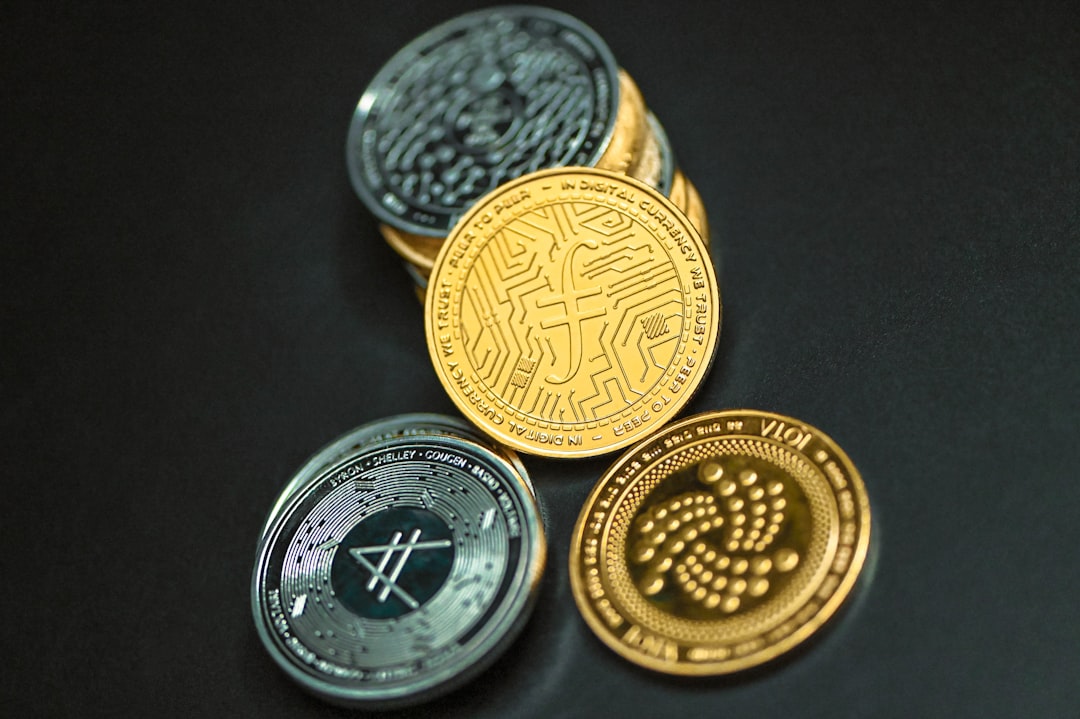
Hong Kong's Virtual Asset Regulation Changes! New Rules for Global Capital Flows in 2025
Hong Kong's Fintech Status Soars: From Digital Banking to Virtual Asset Hub
While the world is still waiting to see where the regulation of virtual assets will lead, Hong Kong has quietly completed a fintech revolution. According to the latest Global Financial Centers Index, Hong Kong's fintech ranking has jumped five places to the fourth in the world."Dual-Track Strategy of "Regulatory Innovation" and "Technology Adoption.
As of March 2025, Hong Kong has clustered over 1,100 FinTech companies, including 8 digital banks, 4 virtual insurance companies and 10 licensed virtual asset trading platforms. Even more strikingly,** the adoption rate of generative artificial intelligence in the financial sector has reached 38%**, far exceeding the global average of 26%. From anti-fraud detection to customer service optimization, AI has been deeply embedded in the core of financial operations.
Cyberport and the Science Park, as two major technology engines, have brought together 530 fintech and Web3 companies to form a complete industry ecosystem. This "government, industry and research" collaboration is the underlying logic behind Hong Kong's rapid positioning in the global virtual asset market.
Regulatory Framework Upgraded: Sandbox Experimentation and Licensing Dual-track Approach
The most significant change in the regulation of virtual assets in Hong Kong has been the introduction of a new regulatory regime."Sophisticated Coordination of Dynamic Sandbox and Licensing System. Since the implementation of the licensing regime for virtual asset trading platforms in June 2023, the SFC has issued licenses to 10 local and overseas platforms covering the entire process of trading, custody and clearing.
The year 2025 will be a key turning point:
- Stabilization Bill entering the legislative processThe requirement for issuers to hold reserve assets of equivalent value and the establishment of a redemption mechanism will have a direct impact on the existing stable currency market.
- Licensing of Over-the-Counter (OTC) and Custody Services LaunchedThe Government has also introduced a public consultation in 2025 to require all virtual asset OTC counters to be licensed in the future, thus closing the regulatory loophole completely.
- Distributed ledger technology monitoring incubator goes online(a) Banks can test tokenized products under the supervision of the HKMA, so that risk management and innovation can be promoted in tandem.
It is worth noting that the ASPIRe Roadmap, jointly launched by the HKMA and the SFC, seeks to establish Hong Kong as a leading city in the world through its five pillars (Access, Protection, Products, Infrastructure and Connectivity)."Compliant Virtual Asset Liquidity Hub"This contrasts sharply with Singapore's "relaxed trial" model.
The Tokenization Revolution Begins: The World's First Retail Fund and Gold Split Investment
Hong Kong's deployment of tokenized assets has moved from proof-of-concept to large-scale commercialization. 2024 Oct.World's First Simulated Tokenized Money Market Fund TradedCompletion of testing in the sandbox; 2025 In February, the SFC even approved the first retail tokenization fund with an initial launch size of US$107 million, setting an industry record.
This "tokenization of physical assets" model is rapidly expanding:
- Gold tokenization: Investors can hold physical gold splitting rights through a distributed ledger, solving the physical custody problem.
- Bond Tokenization: Enhance the transparency of the green bond market by automatically enforcing dividend payout and repurchase clauses through smart contracts.
- Tokenization of cross-border settlements: The HKMA's "Ensemble Project" is testing the interbank settlement of deposits through the use of tokenization, which may replace the traditional SWIFT system in the future.
These innovations are not technological show-offs, but hit the pain points of the traditional financial market - theLack of mobility, high transaction costs, lack of transparency.
A New Era of Cross-border Payment: Digital RMB and mBridge Reshape the Financial Ecology
Hong Kong's breakthrough in cross-border payments could completely rewrite the rules of global capital flows:
- Digital Renminbi cross-border pilot expansion: Hong Kong residents will be able to add value to their digital RMB wallets directly by transferring money quickly, with a 24-hour real-time remittance service expected to be launched in mid-2025.
- mBridge enters the field stage: The cross-border network of multiple central bank digital currencies jointly developed by the HKMA and the central banks of China, Thailand and the United Arab Emirates has solved the three major problems of cross-border payments, namely "slow, expensive and cumbersome".
- Interconnection with Mainland Payment SystemsSMEs can automate cross-border payments and receipts through API connectivity, increasing the efficiency of capital flow by 70%.
These infrastructural upgrades will allow Hong Kong to play the role of"Bridgehead of Renminbi Internationalization."and"Global Digital Currency Testing Ground"The dual role of the
The War for Talents Escalates: From Bay Area Internships to Global Talent Introduction Programs
Regulatory and technological breakthroughs must ultimately be supported by talent. Hong Kong's "FinTech Talent Strategy" is characterized by three key features:
- directed snatch (e.g. of talent): Through channels such as the Quality Migrant Admission Scheme, 126 international fintech professionals have been admitted.
- Practical trainingThe "Bay Area Tertiary Students' Two-way Internship Program in Financial Technology" allows students from Hong Kong and the Mainland to hone their skills in a real business environment.
- On-the-job Training: The government sponsored 560 practitioners to obtain professional qualifications covering cutting-edge areas such as blockchain development and AI compliance checking.
Last but not least: Dynamic Balance of Compliance and Innovation
The ultimate goal of virtual asset regulation in Hong Kong is to establish"Creative Ecologies with Controllable Risks."--Attracting global capital and technology while preventing systemic risk. From sandbox testing to licensing, from tokenized funds to central bank digital currencies, this balanced wisdom is evident at every step.
While other markets are still struggling with "total ban" or "laissez faire", Hong Kong has already proved it:Instead of stifling innovation, a stringent regulatory framework can act as a magnet for compliant capital.With the release of the second Virtual Asset Policy Manifesto in 2025 just around the corner, this evolution of the Wall Street of the East is just kicking off.
Disclaimer: The contents of this article are for informational purposes only and should not be construed as any form of promotion, investment advice, or invitation, solicitation or recommendation of any investment product.
The contents of this article have been reprinted.offensiveIf there is anything wrong, please contact us and we will remove it immediately, thank you.
Readers should make their own assessment and seek professional advice.





